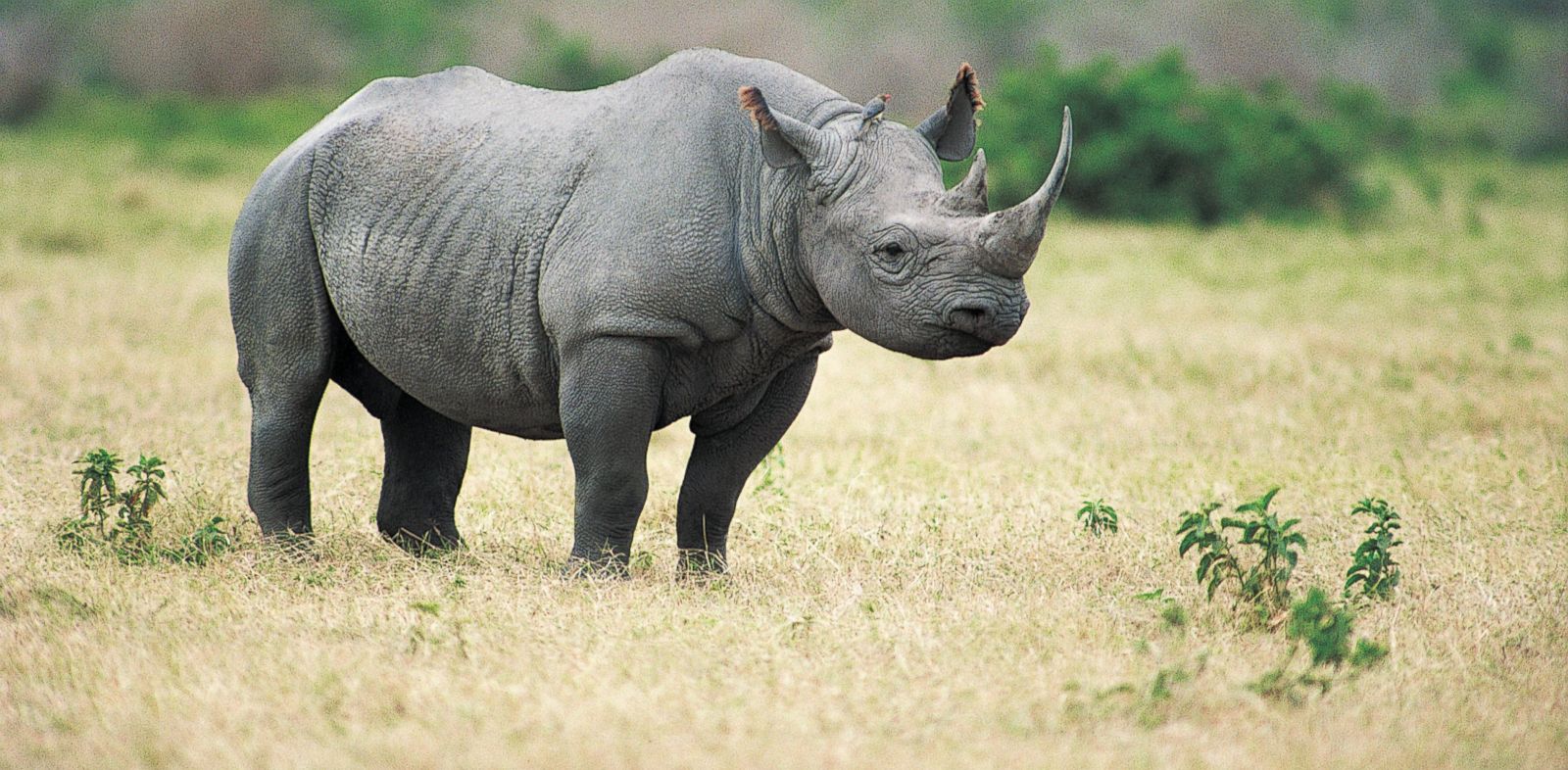
Sometimes, a third smaller horn may develop. The longest known horn measured nearly 1.5 m (4.9 ft) in length. Two horns on the skull are made of keratin with the larger front horn typically 50 cm (20 in) long, exceptionally up to 140 cm (55 in). An adult typically weighs from 800 to 1,400 kg (1,800 to 3,100 lb), however unusually large male specimens have been reported at up to 2,199–2,896 kg (4,850–6,380 lb).
#Western black rhinoceros skull plus#
Īn adult Black Rhinoceros stands 132–180 cm (52–71 in) high at the shoulder and is 2.8–3.8 m (9.2–12 ft) in length, plus a tail of about 60 cm (24 in) in length. On Novemthe IUCN declared the Western African Black Rhinoceros extinct. In 2006 an intensive survey across its putative range in Cameroon failed to locate any, leading to fears that it was extinct in the wild. The last known wild specimens lived in northern Cameroon. West African ( Diceros bicornis longipes) once lived across the savanna belt in western Africa.

Today, its range is limited primarily to Tanzania.
East African ( Diceros bicornis michaeli) which had a historic distribution from south Sudan, Ethiopia, down through Kenya into north-central Tanzania. South-western ( Diceros bicornis bicornis) are better adapted to the arid and semi-arid savannas of Namibia, southern Angola, western Botswana, and western South Africa. South-central ( Diceros bicornis minor) which are the most numerous, and once ranged from central Tanzania south through Zambia, Zimbabwe, and Mozambique to northern and eastern South Africa. There are four recognized subspecies of the black rhinoceros: These species are now sometimes referred to as the Square-lipped (for White) or Hook-lipped (for Black) Rhinoceros. The word white in the name "White Rhinoceros" is a mistranslation of the Dutch word wijd for wide, referring to its square upper lip, as opposed to the pointed or hooked lip of the Black Rhinoceros. These common names are misleading, as those two species are not really distinguishable by color. The other African rhinoceros is the White Rhinoceros ( Ceratotherium simum). Although the Rhino was referred to as black, it is actually more of a grey/brown/white color in appearance. The Black Rhinoceros or Hook-lipped Rhinoceros ( Diceros bicornis), is a species of rhinoceros, native to the eastern and central areas of Africa including Kenya, Tanzania, Cameroon, South Africa, Namibia, Zimbabwe, and Angola. 
(brown – native, pink – reintroduced, red – introduced, orange – possibly extinct, black – extinct)






 0 kommentar(er)
0 kommentar(er)
